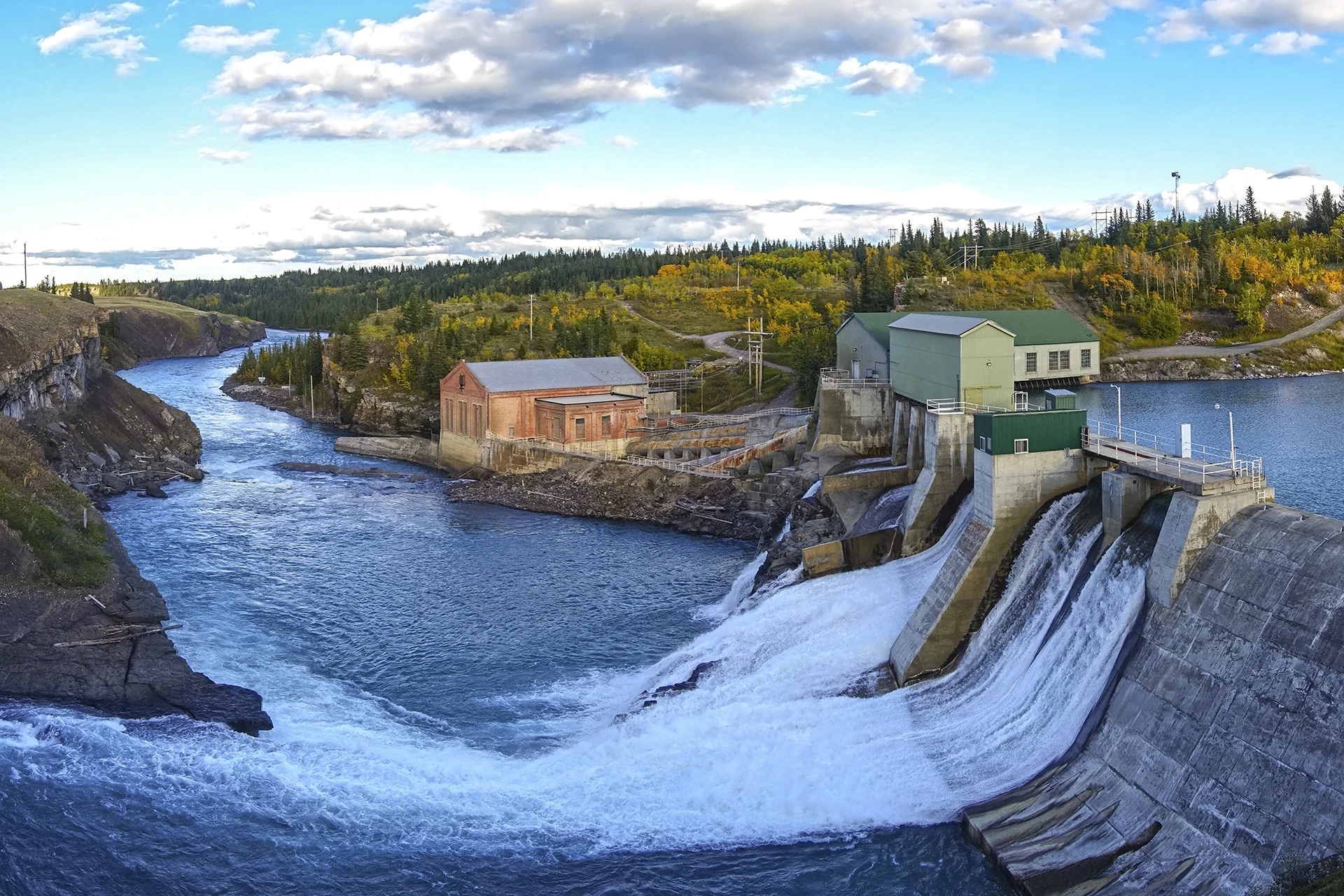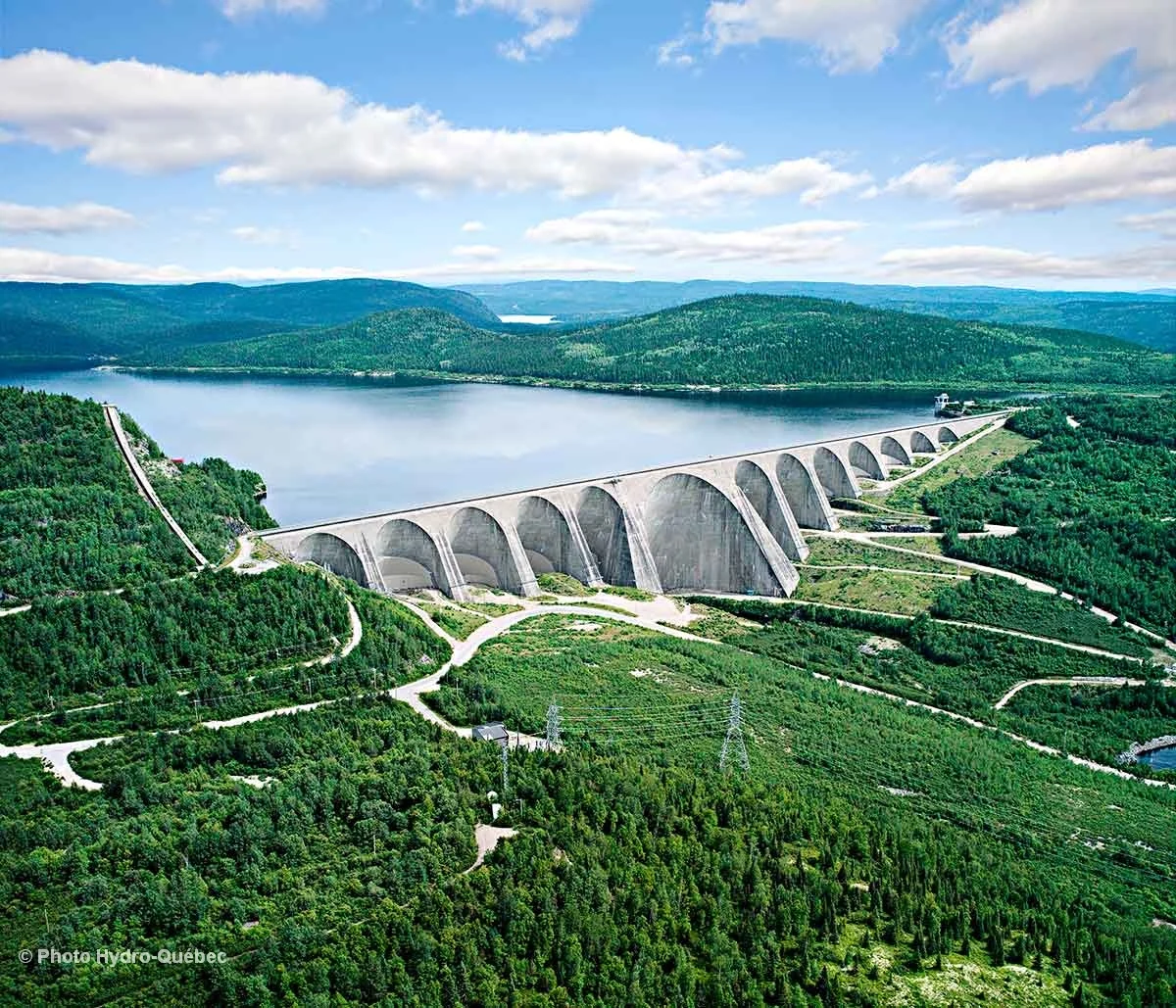
Canadians' energy use among the world's highest — and dirtier than you think
Though Canada's energy grid is one of the cleanest in the world, there's a big disconnect between the country's clean power generation, and its fossil fuel-heavy transportation and home heating use.
It’s a common complaint from some quarters: Why the rush to bring down Canada’s emissions? Our tiny population is powered by mostly renewable energy. We can’t be having THAT much of an impact.
It’s true that the 37 million Canadians only amount to the 39th most populous country in the world, and the least-populous in the G7. And with around four-fifths of our power generated from zero-emission sources, it’s easy to argue our energy mix is the envy of our peers.
But beyond that basic assessment, the complaint doesn’t wash: Our “tiny” population punches well above its weight, in both real and per-person terms, when it comes to the sheer amount of energy we use -- which is not as clean as most Canadians think.
The latest illustration of that seemingly counterintuitive reality comes from energy giant BP, which published its annual Statistical Review of World Energy in July, looking at 2019 trends, and a dive into the numbers puts Canada near the top of some worrisome rankings.
On a per capita basis, however, the average Canadian uses more energy than people in all but six of the countries BP looked at -- Qatar, Iceland, Singapore, Trinidad and Tobago, the United Arab Emirates, and Kuwait -- and more than any of its G7 partners.
Aside from total consumption, BP also measures consumption from individual sources as well, including fossil fuels like oil, natural gas, and coal -- which, by BP’s measure, make up two thirds of Canadians’ energy use. That’s a lower percentage than most industrialized nations, but per capita, it adds up to one of the world’s highest fossil fuel consumption rates, and the highest in the G7.
CANADA’S ENERGY MIX IS MOSTLY CLEAN. SO WHY ARE EMISSIONS SO HIGH?

Hydroelectricity makes up more than half of Canada's energy generation. Image: Daniel Johnson Dam, courtesy Hydro Quebec
That fossil fuel use nugget might be surprising to Canadians used to thinking of Canada as a green energy hotspot.
To start with, Canada has one of the cleanest energy mixes in the world, with more than 80 per cent of electricity production coming from zero-emission sources. Hydroelectricity leads the way at 61 per cent, followed by nuclear power at 15 per cent. Natural gas and coal together amount to a mere 17 per cent.
What accounts for this disconnect between Canada’s clean energy sources, and Canadians’ dirtier energy use?
It can be confusing, says Isabelle Turcotte, director of federal policy at the Pembina Institute, a think tank that promotes clean energy in Canada. Turcotte says the explanation is that, though Canada’s energy grid is greener than most, not all of the energy Canadians use comes from that grid.
“We consume other types of energy to fuel our cars, industry, ships, planes, and to heat our homes – think of everything that currently is not electrified,” Turcotte told The Weather Network. “So, yes the grid is about 67 per cent from renewables and 82 per cent from non-emitting sources, but that’s nowhere near the whole picture.”
Electric vehicle adoption is still in its infancy in Canada: In the third quarter of 2019, EV sales made up only 3.5 per cent of the total, though that figure represented a new record.
WATCH BELOW: STUDY CONFIRMS E.V. EMISSIONS DEFINITELY LOWER THAN FOSSIL FUEL COUNTERPARTS
Boosting those numbers, Turcotte says, would require more sustained and deliberate electrification of transport. That, in turn, would put a greater burden on Canada’s energy grid, which she says would need to be expanded using zero- or low-carbon sources.
“Electrifying our transportation sector will be key to reaching our climate objectives, along with increasing options for cycling and walking in our cities, public transit, and moving to other sources of less carbon intensive fuels like hydrogen,” Turcotte says.
The BP report does show a modest dip in Canada’s 2019 energy use and emissions, but such declines, along with the more marked COVID-19-related plunge in 2020, don’t represent the kind of real change needed to curb emissions for good.
“As normal conditions are restored, Canadians go back to consuming the usual level of energy and emitting the usual level of emissions,” Turcotte says. “This points to the need to address the root cause of emissions: we need systemic change, achieved through robust energy and climate policy, to deliver a system that consumes energy more efficiently and consumes clean energy.”
That, Turcotte says, would require “massive financial injections” and government support once the pandemic subsides, including investments in low- and zero-carbon industries, businesses and service providers, more decarbonization incentives, and other measures.
In BP’s report, company CEO Bernard Looney echoes the concern that the pandemic’s one-time plunge in emissions won’t be enough to reverse global warming without major underlying changes.

Most cities saw a plunge in emissions during the COVID-19 pandemic. Image: Streets of Milan, Unsplash
“To get to net zero by 2050, the world requires similar-sized reductions in carbon emissions every other year for the next 25 years. This can be achieved only by a radical shift in all our behaviours,” Looney writes, pointing to a full suite of methods such as more renewables, electrification, hydrogen, carbon capture, and others. “These technologies exist today – the challenge is to use them at pace and scale.”
Retooling the global energy grid to make it more clean, as well as expanding it to allow for more electrification, won’t be easy -- or cheap.
In 2019, BloombergNEF estimated that, though heavily polluting energy sources will continue to decline relative to zero-emission competitors, demand is expected to increase 62 per cent by 2050 -- requiring an enormous $13 trillion in investment, along with $840 billion for batteries and $11.4 trillion for grid expansion. Even then, Bloomberg says, bringing down emissions will still require investments in new technologies, and overall demand would be even higher in scenarios with maximum rates of electrification of transport and heating.
That’s a lot of money -- another argument sometimes levelled against urgent action on emissions.
To which the response may very well be: If you think this is pricey, wait until you see what doing nothing costs.
Top Photo Credit: ©Autumn Sky/Adobe Stock












